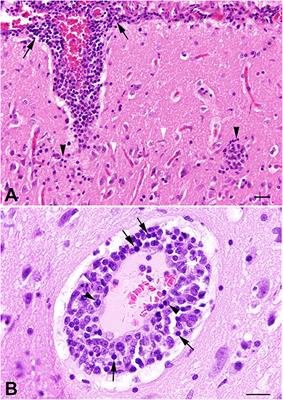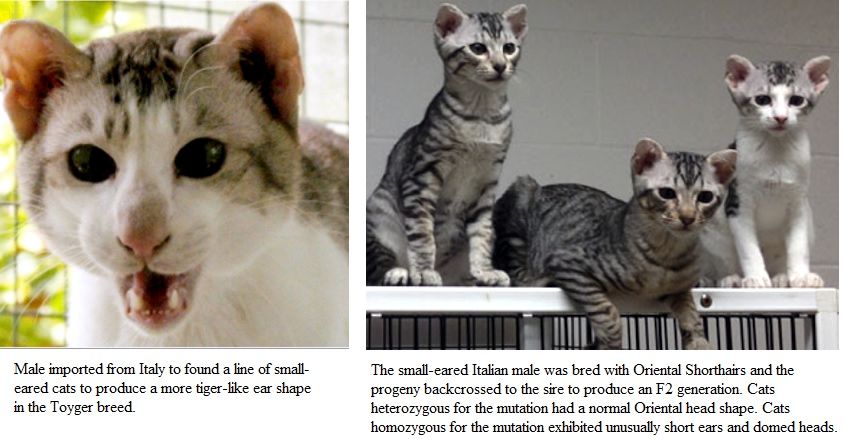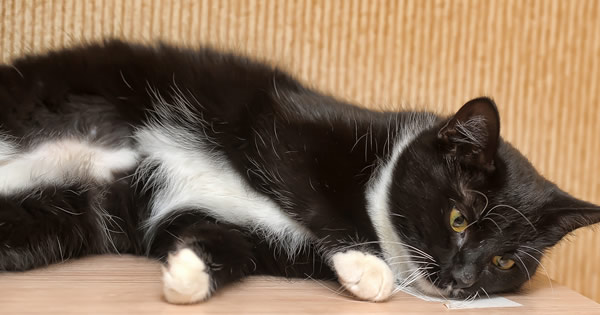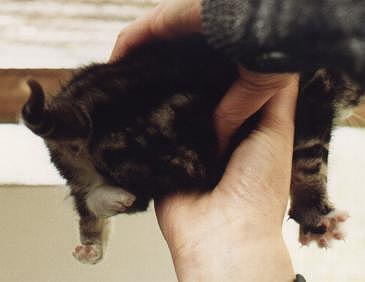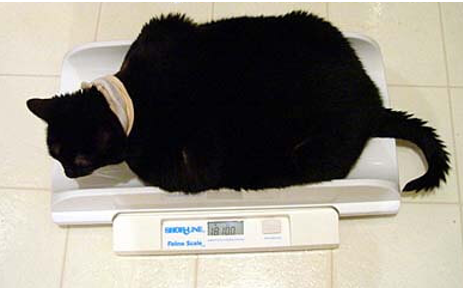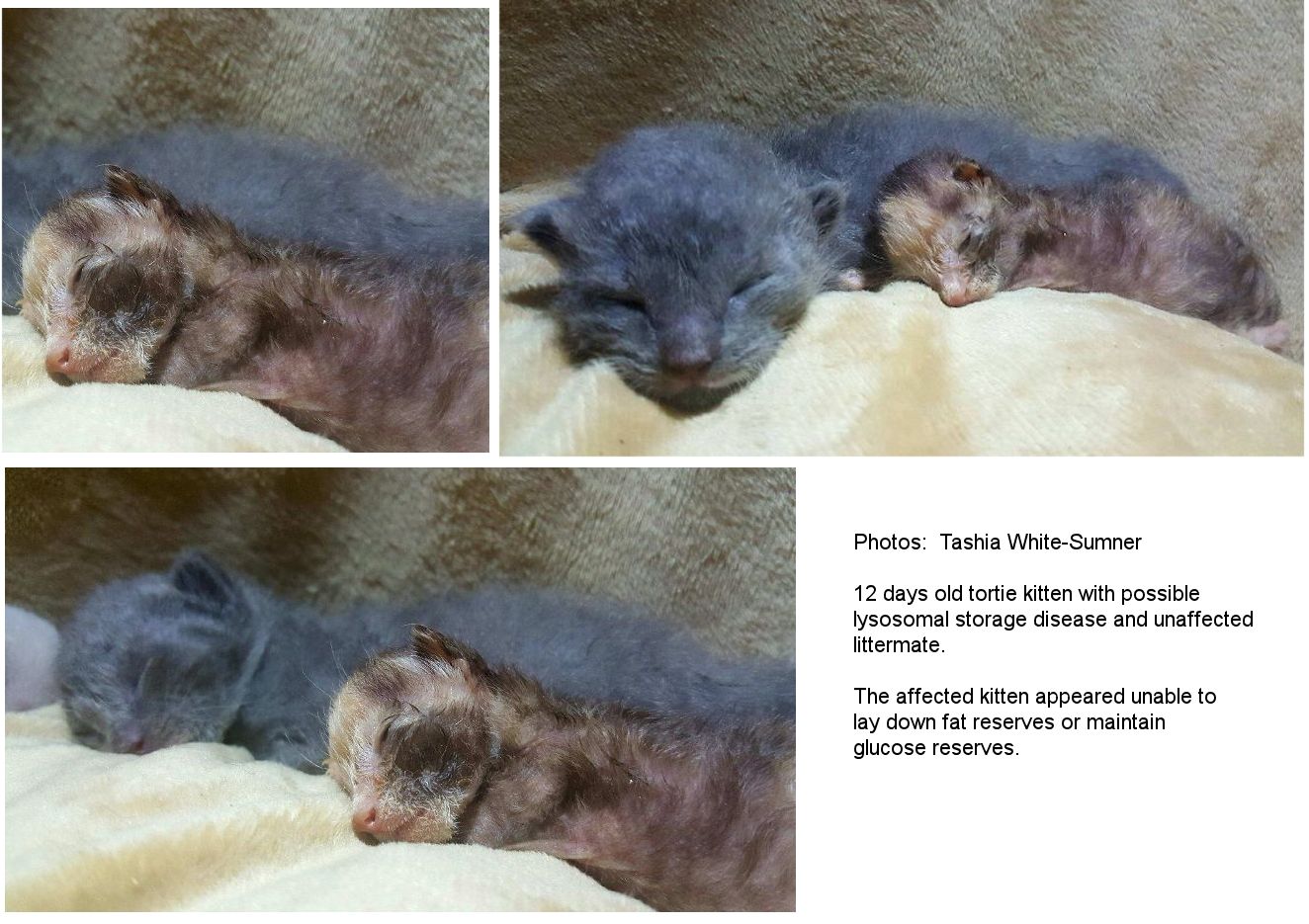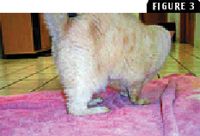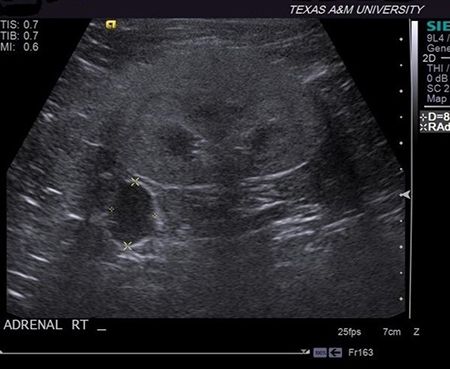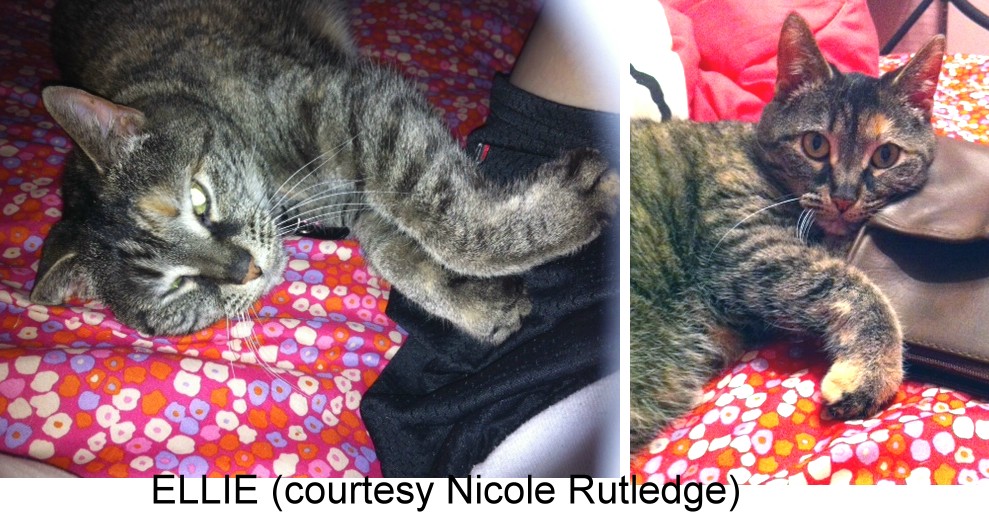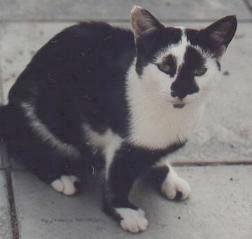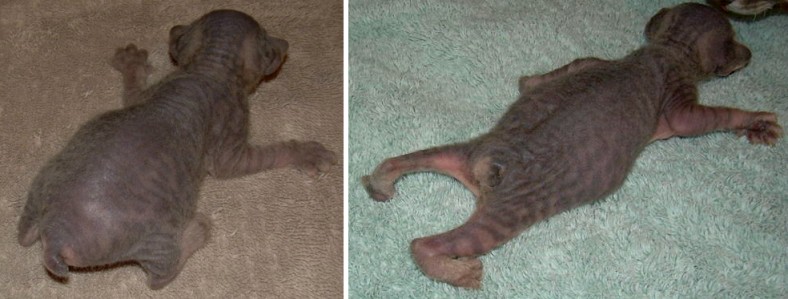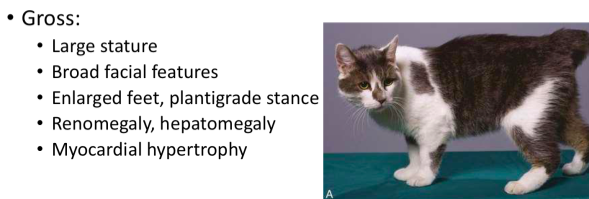Unilateral Plantigrade Stance Cat
Most cats that have a plantigrade stance present with both of their rear paws in this position.
Unilateral plantigrade stance cat. The most common condition that can result in plantigrade stance in cats is diabetes an endocrine condition in which blood glucose levels are too high. The heel will be touching the ground as the cat walks. Cat plantigrade stance is one of the issues that your cat can experience. Physical examination revealed a symmetrically muscled cat weighing 77 kg with a body condition score of 69.
In cats with unilateral or bilateral zona glomerulosa tumors the pac may be very high while the pra is completely suppressed. Cats usually have a symmetrical distal limb polyneuropathy and a plantigrade stance paraparesis distal limb muscle atrophy and pelvic limb hyporeflexia. They can usually move around somewhat swiftly albeit awkwardly. Flat footed or plantigrade stance is where the rear paws contact the ground from the toes to the hock or at least to where the hocks are noticeably lower.
Some of the health problems that can result to this includes vitamin deficiency degenerative joint decease an injury kidney disease or even diabetes. Cats normally appear to walk on the on their rear paws with their hocks vertical to the ground. Polyuria and polydipsia are also commonly reported. What causes carpal hyperextension.
This diagram shows where the carpus and hock are in a dog or cat sometimes we can encounter animals that are walking with the palm or plant of their paws touching the ground known respectively as a palmigrade or plantigrade stance. Physical examination may suggest a myopathy with variable weakness and poor muscle tone. No organomegaly was appreciated and the cat appeared to have normal mentation. A plantigrade stance may be noted in cats with mild hypokalemia.
In animal care feline. Peripheral neuropathy is a recognised complication of diabetes mellitus in cats. Affected cats have poor muscle tone and are often unable to stand unaided. If a cat presents with only one flat foot limps walks stiffly or is unable to walk these symptoms may indicate a sustained traumatic injury to the paw or leg.
Diabetic neuropathy is one of the effects of high glucose levels. We refer to this situation as hyperextension. There are several things that cause cat plantigrade stance. In cats the neuropathy presents as the flat footed stance and unusual gait.
Neurological abnormalities include a plantigrade stance progressive paraparesis muscle atrophy and patellar hyporeflexia. In such cases the cat will experience weakness in the legs and so it will start walking on the sole of the foot. Sugar had an unkempt hair coat mild prognathia inferior and a broad head figure 1 and walked with a plantigrade stance figure 2. Cats can have difficulty jumping abduction of the pelvic limbs and weakness when standing.






